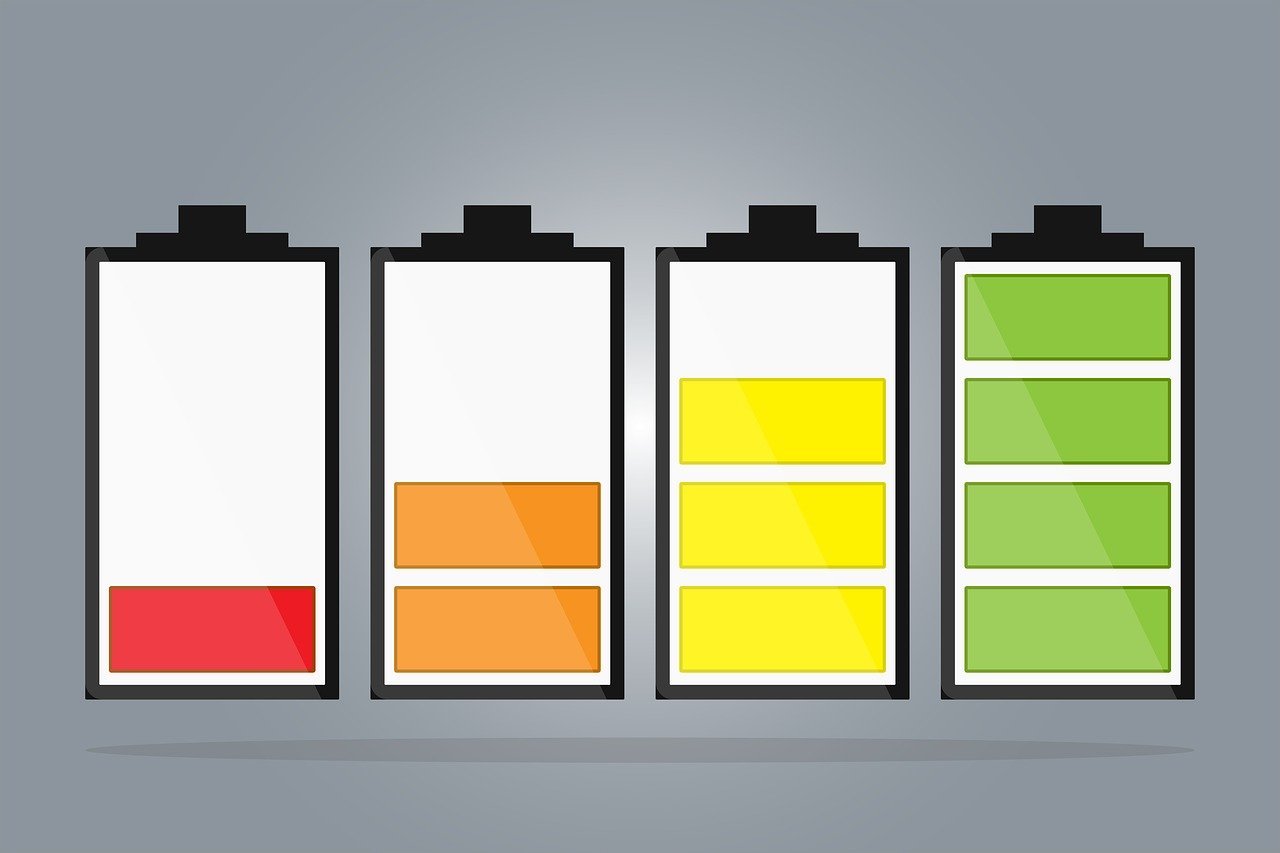
Researchers at Worcester Polytechnic Institute (WPI) have discovered a novel approach to improving the efficiency of iron-based alkaline batteries by adding silicate to the electrolyte. This novel breakthrough was published in ChemSusChem on October 7, detailing the potential of a sustainable alternative to lithium-ion technology, with potential applications in areas where high-cost solutions are impractical.
How It Works
Alkaline iron batteries, though promising due to the abundance and low cost of iron, have long faced a challenge: the formation of hydrogen gas during charging, which reduces energy efficiency. As one of the lead researchers, Xiaowei Teng, the James H. Manning Professor of Chemical Engineering, puts it, “You don’t want hydrogen gas formation when charging a battery. It impairs the energy efficiency of the battery system considerably.”
On the other hand, lithium-ion batteries, the current go-to for energy storage, rely on scarce and expensive materials like lithium, nickel, and cobalt, making them unsustainable in the long run.
However, this could change as the research team found that adding silicate to the electrolyte in iron-based alkaline batteries prevents the formation of hydrogen gas during charging. According to lead author Sathya Jagadeesan, “Silicate has long been used as an affordable simple agent in glass, cement, insulation, and detergents.” Now, it appears that this common compound has the potential to revolutionize battery chemistry.
Empowering Low-Grade Systems in the Future
The team’s findings suggest that this could lead to significant improvements in iron-air and iron-nickel battery systems, which are already considered for large-scale energy storage applications, such as microgrids or renewable energy projects like individual solar and wind farms.
Silicate-enhanced iron batteries could also provide an efficient, low-cost solution for off-grid communities that lack access to expensive lithium-ion systems. These batteries could be particularly useful in areas where reliability and affordability are critical, democratizing access to renewable energy storage on a global scale.
As nations work towards accomplishing the target of net-zero carbon emissions by the year 2050, the demand for systems that can store excess energy when wind and solar are unavailable is on the rise. Iron-based batteries, if made more efficient through silicate treatment, offer a cheaper and greener alternative to lithium-ion batteries.
Even in its early stages, Teng’s team remains confident that the silicate-designed iron batteries could be adopted in niche applications soon. They may not be implemented immediately at a grid level, but they hold a potential for smaller, decentralized energy storage systems.
As countries around the world strive to achieve net-zero emissions, sustainable and scalable energy storage will be critical. The WPI team’s discovery could pave the way for a new generation of batteries that are cheaper, safer, and more efficient, providing a viable solution to one of renewable energy’s most pressing challenges




















